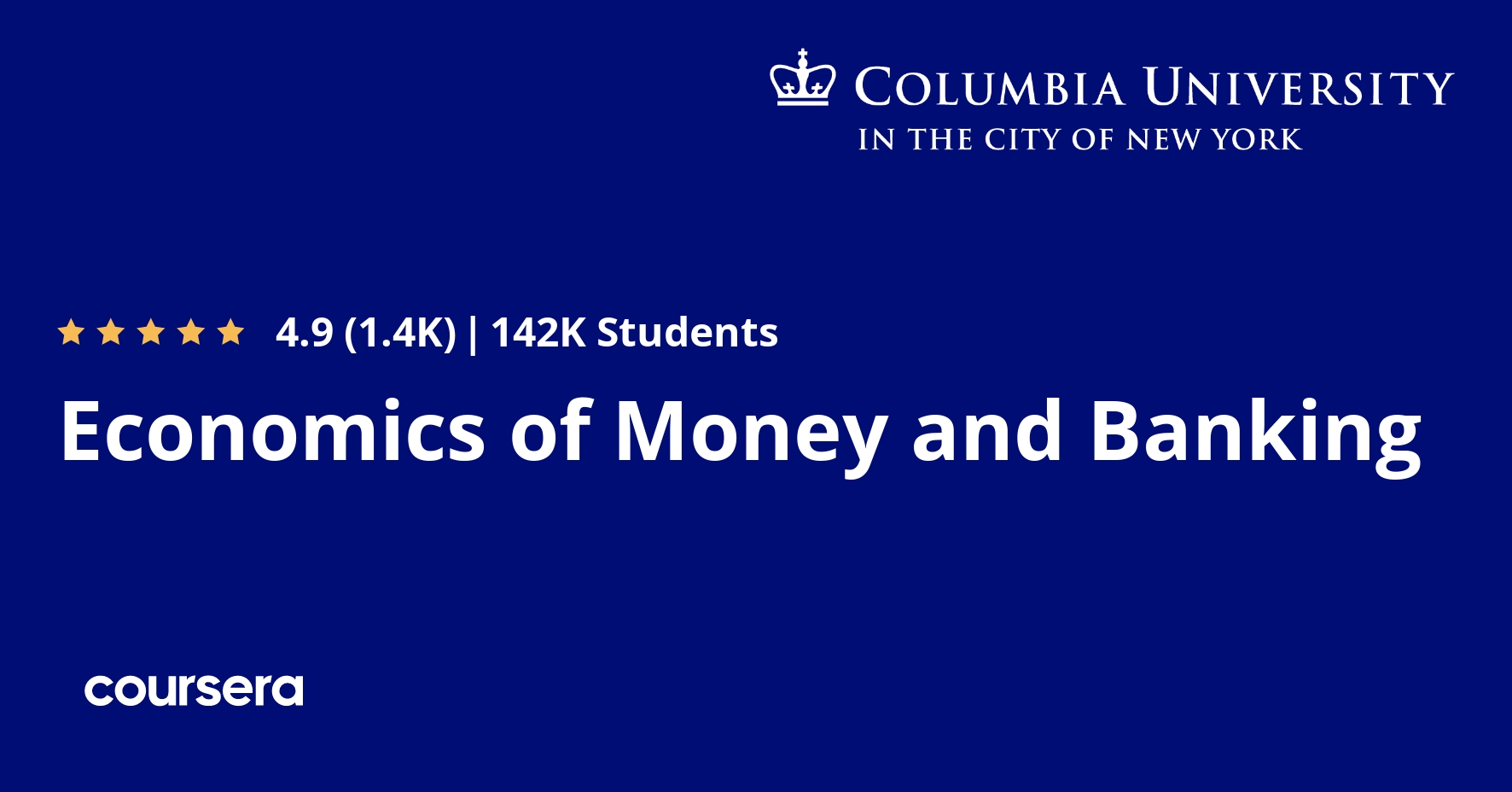Description
The last three or four decades have seen a remarkable evolution in the institutions that comprise the modern monetary system. The financial crisis of 2007-2009 is a wakeup call that we need a similar evolution in the analytical apparatus and theories that we use to understand that system. Produced and sponsored by the Institute for New Economic Thinking, this course is an attempt to begin the process of new economic thinking by reviving and updating some forgotten traditions in monetary thought that have become newly relevant.
Three features of the new system are central.
Most important, the intertwining of previously separate capital markets and money markets has produced a system with new dynamics as well as new vulnerabilities. The financial crisis revealed those vulnerabilities for all to see. The result was two years of desperate innovation by central banking authorities as they tried first this, and then that, in an effort to stem the collapse.
Second, the global character of the crisis has revealed the global character of the system, which is something new in postwar history but not at all new from a longer time perspective. Central bank cooperation was key to stemming the collapse, and the details of that cooperation hint at the outlines of an emerging new international monetary order.
Third, absolutely central to the crisis was the operation of key derivative contracts, most importantly credit default swaps and foreign exchange swaps. Modern money cannot be understood separately from modern finance, nor can modern monetary theory be constructed separately from modern financial theory. That’s the reason this course places dealers, in both capital markets and money markets, at the very center of the picture, as profit-seeking suppliers of market liquidity to the new system of market-based credit.
What you will learn
Introduction
The first two lectures paint a picture of the monetary system as the essential infrastructure of a decentralized market economy. The second lecture, “The Natural Hierarchy of Money”, is a kind of high-level overview of the entire course, so don’t expect to fully understand it until you look back after completing the rest of the course. Nevertheless it provides essential orientation for what comes after. Lectures notes for these and subsequent lectures may be found in the very first segment of this module.
Introduction, continued
The next two lectures are meant to introduce a key analytical tool, the balance sheet approach to monetary economics, that we will be using repeatedly throughout the course. As inspiration, first I provide a concrete example of how the approach works by “translating” the Allyn Young reading into the balance sheet language. I follow that with a more systematic introduction to this essential tool.
Banking as a Clearing System
In the next four lectures, we build intuition by viewing banking as a payments system, in which every participant faces a daily settlement constraint (a survival constraint). From this point of view, the wholesale money market plays a key role by allowing banks to relax the discipline of a binding settlement constraint, delaying final payment by putting settlement off until a later date. The relative importance of the various money markets has changed since the 2008 crisis–Fed Funds is now less important–but the conceptual framework remains valid, indeed not only for dollar money markets but also for non-dollar money markets.
Banking as a Clearing System, continued
The next two lectures extend the payments system frame to non-banks by bringing in repo markets, and to the international monetary system by bringing in Eurodollar markets. Here, as in the previous two lectures, the emphasis is on settlement, and so implicitly on so-called “funding liquidity”. The last three segments of the Eurodollar lecture, on the failure of two seemingly obvious arbitrage conditions, are meant to motivate the shift to market-making and “market liquidity” in the next module.






